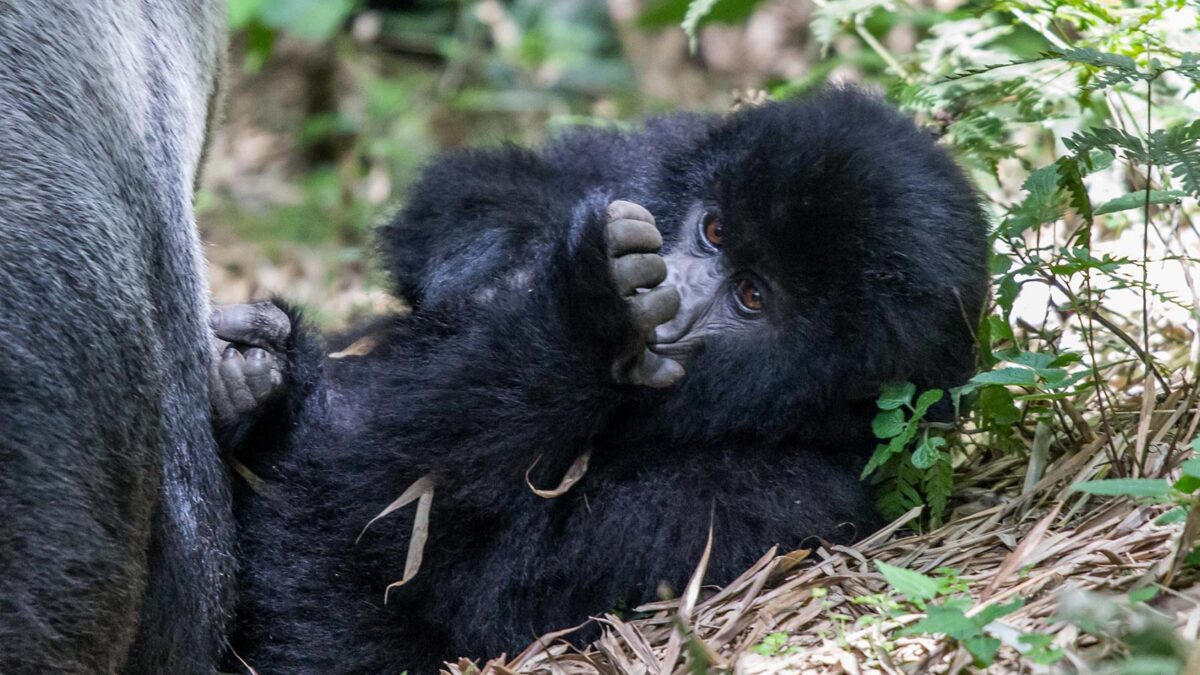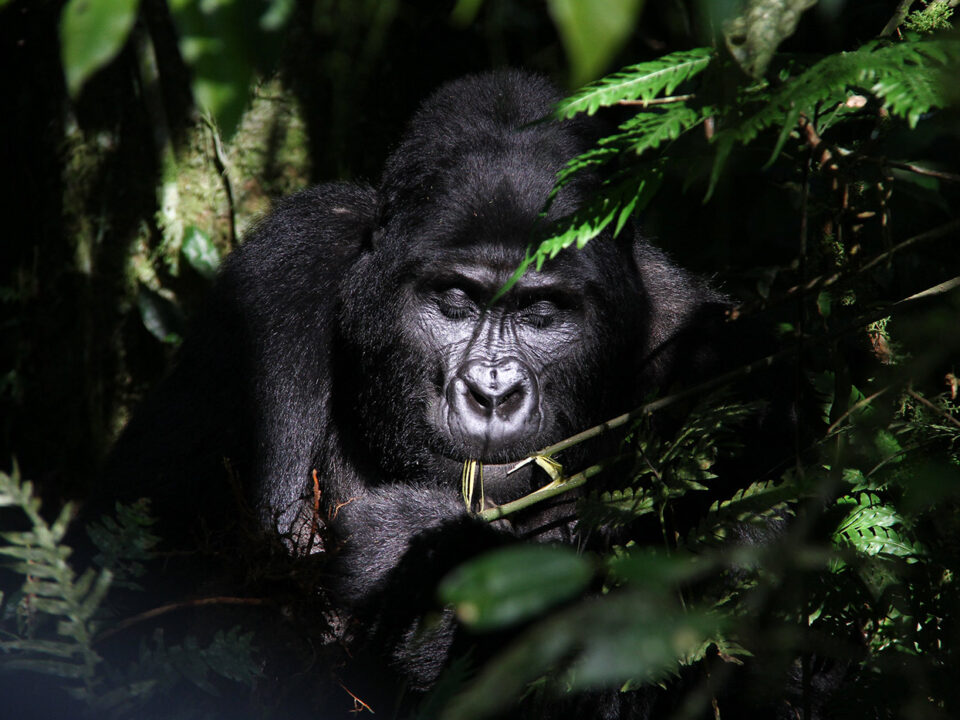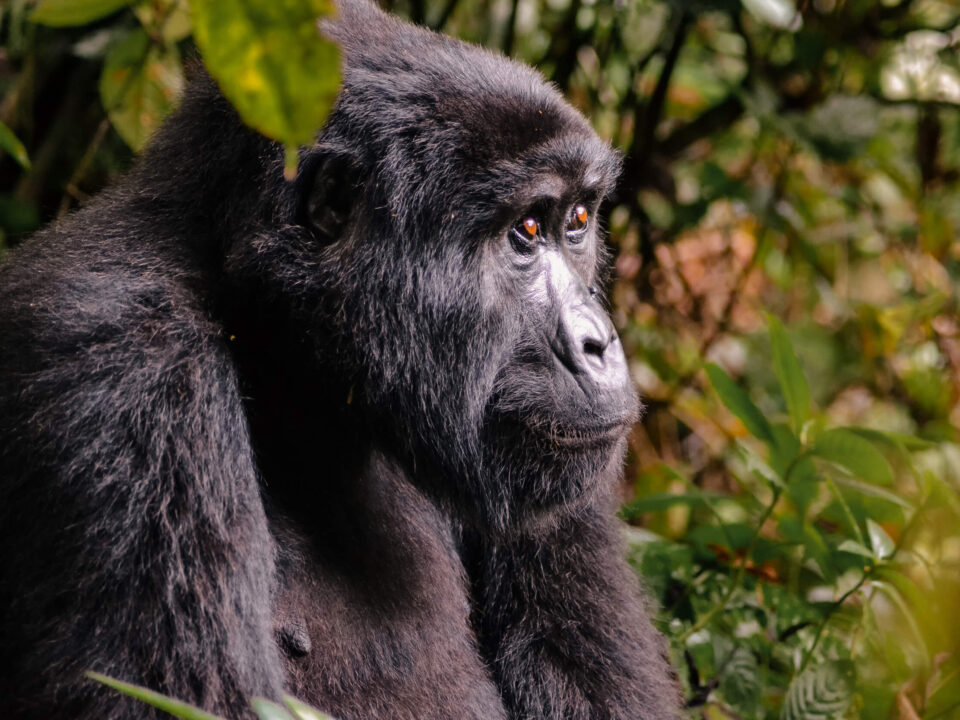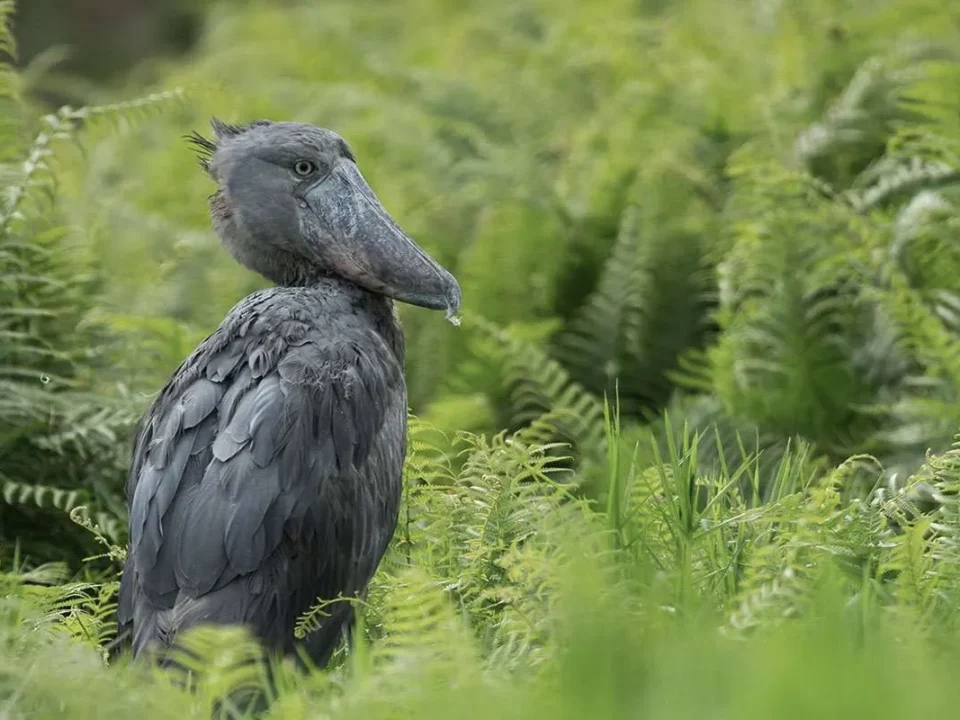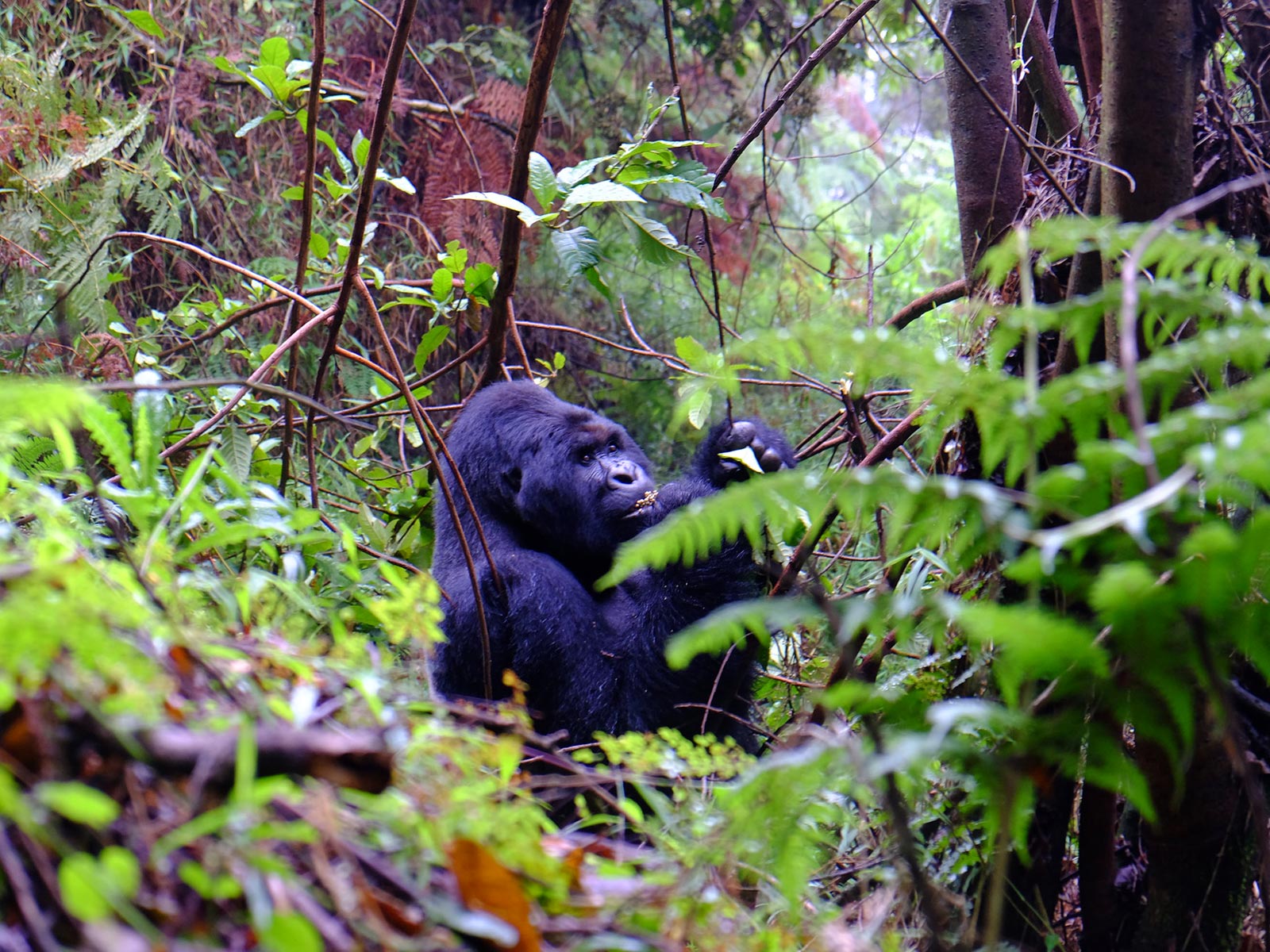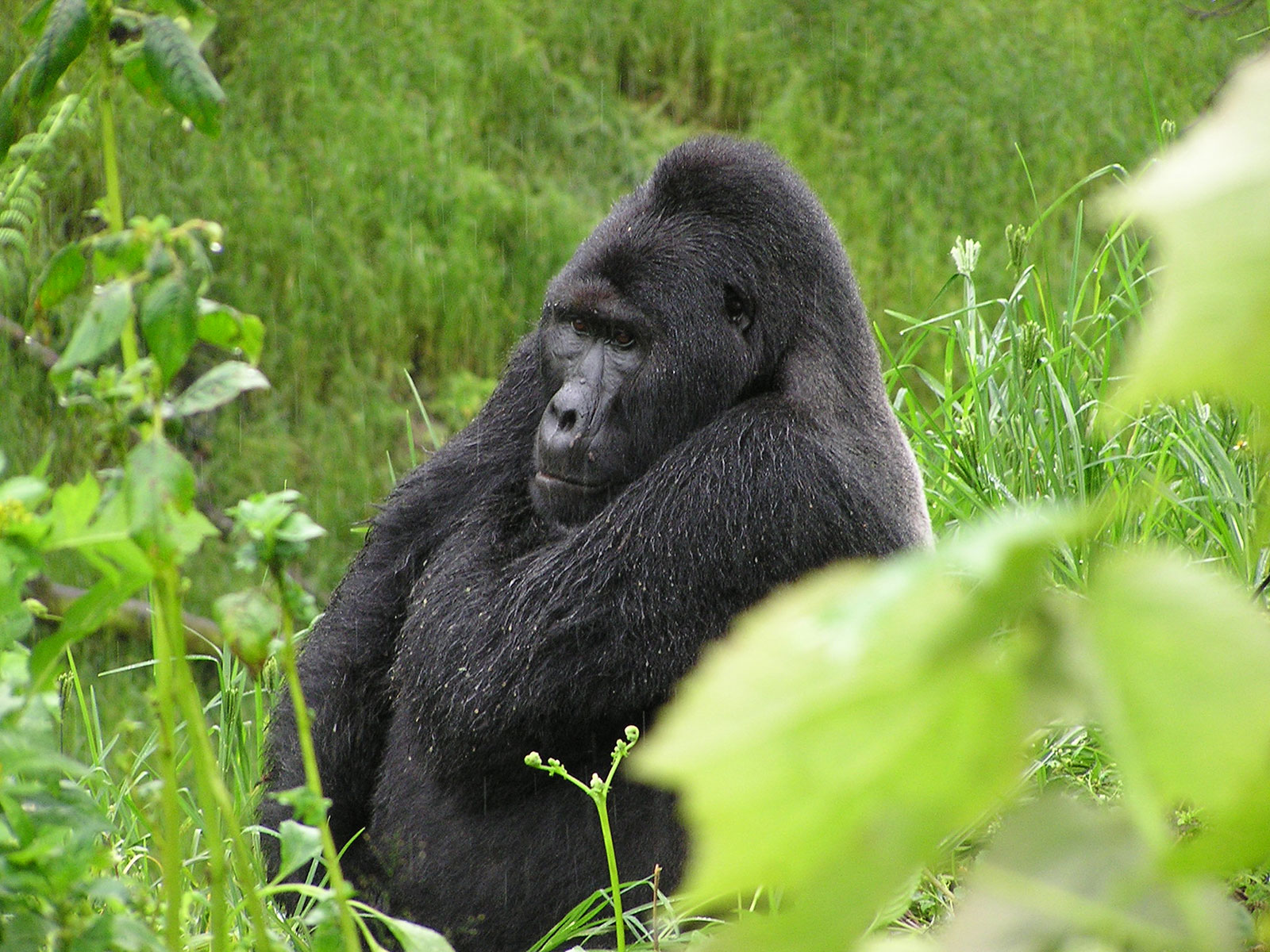Choosing Between Uganda and Rwanda: Unveiling the Distinctions for an Ultimate Gorilla Trekking Experience
When contemplating the captivating realm of gorilla trekking, the choice between Uganda and Rwanda presents itself as an exhilarating conundrum. Both destinations hold unparalleled allure, yet nuanced distinctions merit thorough consideration for those embarking on a gorilla tracking safari. Below, we delve into these differences, enabling you to make an informed choice that aligns seamlessly with your aspirations.
Price Comparison:
The financial aspect bears weighty significance. In Uganda, the Gorilla Tracking Permits are priced more affordably at USD800 per person per trek, affording you the privilege of observing these majestic creatures in their natural habitat for an hour. Conversely, Rwanda’s permits command a higher fee of USD1500 for the same duration, catering to those willing to invest more substantially in the experience.
Travel Time:
The journey to reach these captivating creatures varies in duration. Embarking from Entebbe International Airport or Kampala, Uganda, the road trip to Bwindi Impenetrable Forest National Park encompasses approximately 9-10 hours, a route that offers a glimpse into the country’s diverse landscapes. For those seeking swifter access, flights are available. A 3-day safari is recommended for optimal exploration. On the other hand, Rwanda’s proximity to Kigali International Airport grants a shorter travel time of 3-4 hours to the Gorilla tracking destination. A 3-day Gorilla safari is advised, allowing you to make the most of your time.
Gorilla Tracking Activity:
The nature of the trek itself presents a noteworthy contrast. In Uganda’s Bwindi Impenetrable Forest, the thick foliage demands physical prowess and endurance, as energy and effort are essential components of the tracking experience. In contrast, Rwanda’s terrain is relatively kinder, with gorilla tracking conducted on the flanks of the Volcano. Group allocation is guided by participants’ physical capabilities, making the activity more accessible.
Photography and Viewing:
Capturing the essence of this adventure through photography is an integral part of the experience. In Uganda, the dense forest’s dim lighting may pose challenges to capturing the perfect shot, contingent upon factors such as the family of gorillas visited and their location. Rwanda’s terrain, while demanding due to its volcanic aspect, offers opportunities for exceptional photography on the mountainside.
Accommodation:
Rest and rejuvenation are paramount after an exhilarating day of gorilla trekking. Uganda and Rwanda both offer comfortable and inviting accommodation options. Uganda boasts an array of lodges, hotels, campsites, and guest houses, accommodating various budget ranges and preferences. In contrast, Rwanda’s accommodation is predominantly centered in urban areas, providing convenience for travelers.
Gorilla Population:
The presence of these magnificent creatures contributes to the allure of both nations. Rwanda is home to approximately one-third of the world’s mountain gorilla population, totaling around 880 individuals. Uganda, with a robust conservation effort, harbors a staggering 480 gorillas, constituting over half of the global population. Rwanda’s ten habituated gorilla groups are complemented by one group in Mgahinga and a remarkable 19 groups in Bwindi Impenetrable Forest National Park.
Navigating the Choice:
Trek Africa Expeditions recognizes the complexities of this decision and offers a wealth of relevant and detailed information. With our expertise, you can make an informed selection between Uganda and Rwanda, ensuring that your gorilla tracking journey becomes an unforgettable expedition tailored to your preferences.

